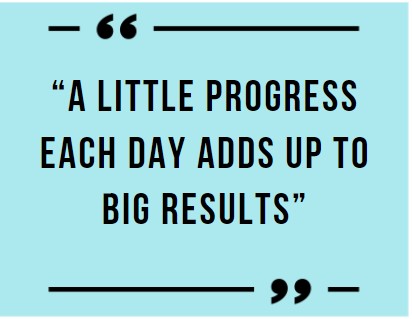
Raise those test scores! Master the standards! Increase reading levels!
It seems every meeting a teacher sits through these days is based on some variation of these messages. We’re asked to set goals for every student, and we leave these meetings feeling overloaded, overwhelmed, and often just ‘over it’, in general.
What’s the Goal of Goals?
Every child gets an academic goal (usually based on state testing or district mandates) then we’re told to go communicate the goal to the child because, you know, they need to know what they’re working towards. How can they achieve their goals if they don’t know them, right?
Well, true….and not so true. I’m here to tell you that if teachers leave those meetings feeling anxious and lost then the feeling is magnified 100% for students when presented with these targets.
Don’t get me wrong. Having goals is important. The research and science behind this are indisputable, but just having a goal doesn’t make it achievable. I mean I can post as many fitness goal pics on my refrigerator as I want. It doesn’t mean I’ll ever look like those models if I’m just sparing them a glance when I open the door for more cheesecake.
We need to break down the bigger goals into smaller, achievable steps for our students (and for ourselves).
How Do You Eat an Elephant?
I love sharing the saying “you eat an elephant one bite at a time” with my students. They think it’s either gross or hilarious, but they also come to understand what it means. I can’t think of a better metaphor for what we’re asking students to do.
Our districts and principals have the big goals in mind—mastery levels on state testing, reading level goals for end of the year, etc. They target multiple levels of growth and mastery of grade level standards that some of our students don’t seem to even be close to, yet. They look out at the teachers and give a schoolwide target number and say, “Now go get us there.”
Those scores ride on the backs of the teachers and students in the classroom, and those big numbers simply don’t translate well for young children. They never will until those goals are broken down into an actionable plan to follow.
The following steps can make goal-setting easier.
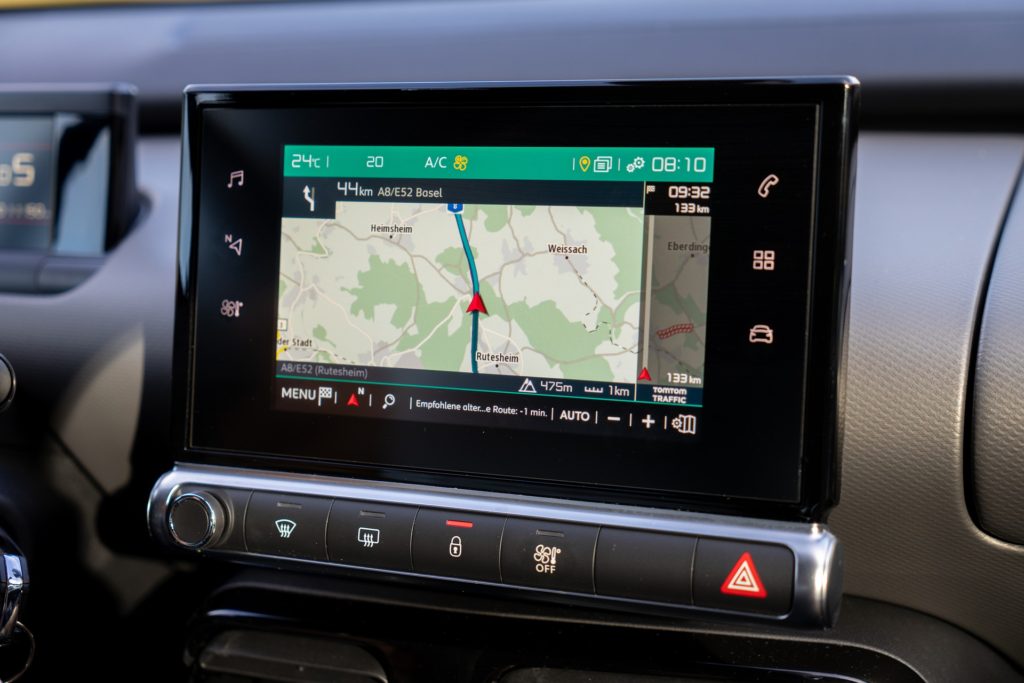
Goals Should Provide a Clear Path to Success
Enter any destination into your GPS and the navigation system tells you, step-by-step how to get there. The route is highlighted, you are alerted to every turn you need to make, and the distance to arrival is constantly calculated.
Most importantly, your GPS only gives you one road and turn at a time. The screen doesn’t show you the entire map, just the section of the route you’re on now.
The same should be done for students. Sure, we teachers know how far they must travel, and we’ve already mapped out every skill they need to master, but the students don’t need it all in front of them at one time.
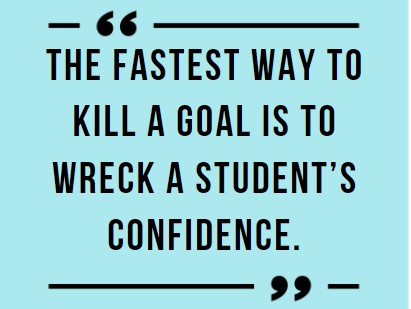
Achieving Small Goals Increases Motivation Towards Big Goals
Nothing feels better to me than checking off my to-do list. No matter how small the task, I feel accomplished when I look at all those little marks on the page. “I’m getting things done!” I brag to myself. I’m motivated to keep going and keep the feeling alive.
Well, imagine being a child who sees their progress, no matter how small, validated. They think to themselves, “I did it!”. And that little act motivates them to repeat the behavior again. Who doesn’t want to feel good all the time?
Since repeated behaviors become habits, before you know it, you’re not having to remind the student to capitalize the first word of sentences anymore. They’re remembering to add a topic sentence to every paragraph. Every fact has a detail. Finally!
How do you do it? Read on!
How To Set Small Goals for Big Progress
1. Set One Focus and Purpose
Choose only one area for the child to work on. Giving a student the goal of “Writing and information paragraph that meets all criteria” is too big and broad. I always begin at foundational skills if that’s what is lacking in the child’s work.

For example, I can’t get a child to write a variety of sentences if they aren’t yet writing complete sentences. I can set a goal for that student to focus on ensuring every sentence in their paper is complete.
Do you have a student who doesn’t use transition words in writing? Make that their goal.
Is the child not showing their work in math? There’s your goal.
Make the goal simple, measurable, and meaningful. The child should be able to understand it, and it should be easy for you to track.
2. Track The Students’ Progress
This is obviously different than the data tools we teachers use (and the school requires). If you want to see your data improve, though, you’ll need the students to put in the work.
I’ve found fun goal setting worksheets to be engaging to use with young students. My 2nd graders aren’t motivated by bar graphs but let them color in a part of the picture each time the show success? Winner!
The students color one part of the image for each time they achieve their goal. When the sheet is full, it shows they’ve repeated the behavior multiple times. After we complete one sheet, we set a new goal.

And the students LOVE taking the completed sheets home to share with their parents.
3. Celebrate their success!
Humans thrive on a reward system-no matter their age.
Think to how you reward yourself. Do you treat yourself to dessert for following your diet plan all week? What about buying a new piece of clothing for every 5-10 pounds you lose? How about that movie night when all the schoolwork is done?
Rewards come in all shapes and sizes. In classrooms, we often focus on the extrinsic motivators more often than intrinsic because it works especially well with young students.
Extrinsic Rewards
We know kids of all ages love extrinsic rewards. I keep a variety of items in my class for the students. The list below is an example of cheap (or free) reward systems I’ve set up:
- Special mini erasers
- Colorful pencils
- Small candy treats
- Treasure chest of party favors from a dollar store
- Sticker sheets for art projects
- 5 minutes of extra recess
- 10 minutes of computer time
- Shoes off in class (their FAVORITE)
- Bring a buddy to class (stuffed animal or doll)
I always send the completed goal sheet home to the parents so they can share in the celebration with us. In addition, I keep “I Did It” stickers I’ve purchased online to give to students to wear during the school day. They love telling other teachers who ask just what they earned the sticker for.
Intrinsic Rewards
Intrinsic rewards can’t be bought or handed out, but they’re real just the same. And the best part is they carry these with them as they grow.
Reaching goals helps students by:
- Boosting their self-confidence
- Engaging them in their own learning
- Encouraging setting their own personal goals
Get Started
I encourage you to begin setting small goals with your students now. It’s never too late to get started.
Looking for some fun goal sheets to use with your students? Here’s resource to get your started!

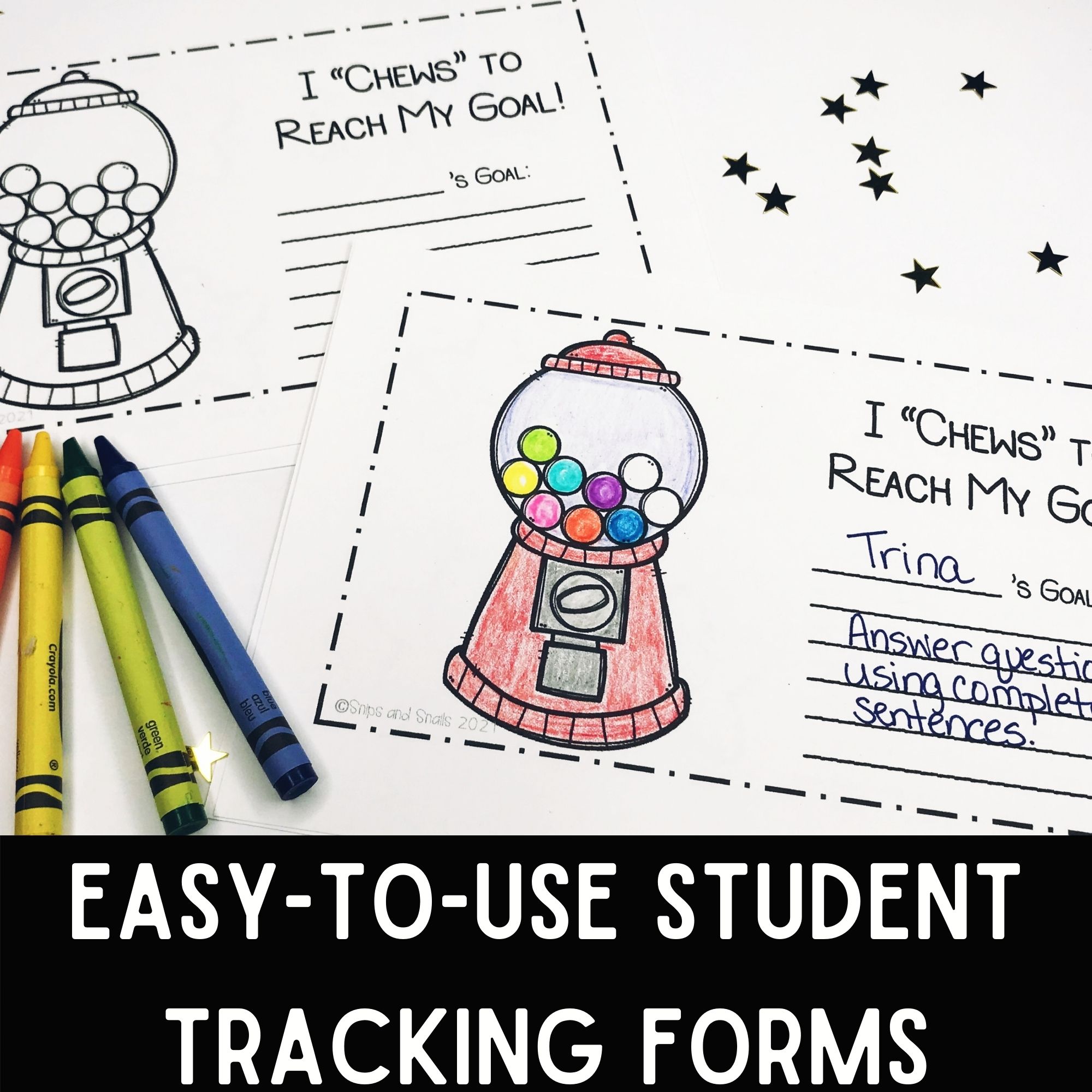
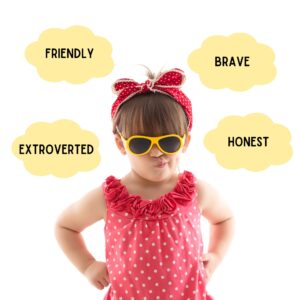
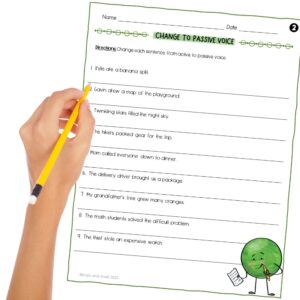
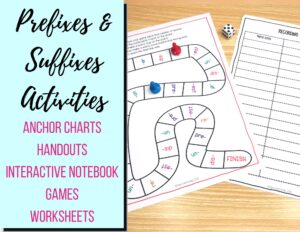
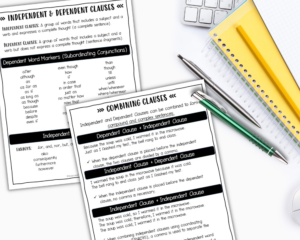
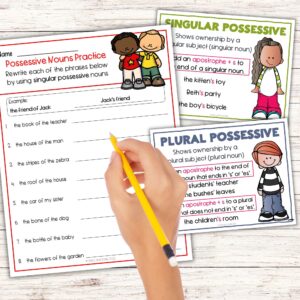
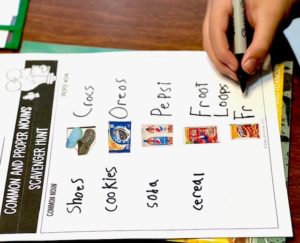

One Response